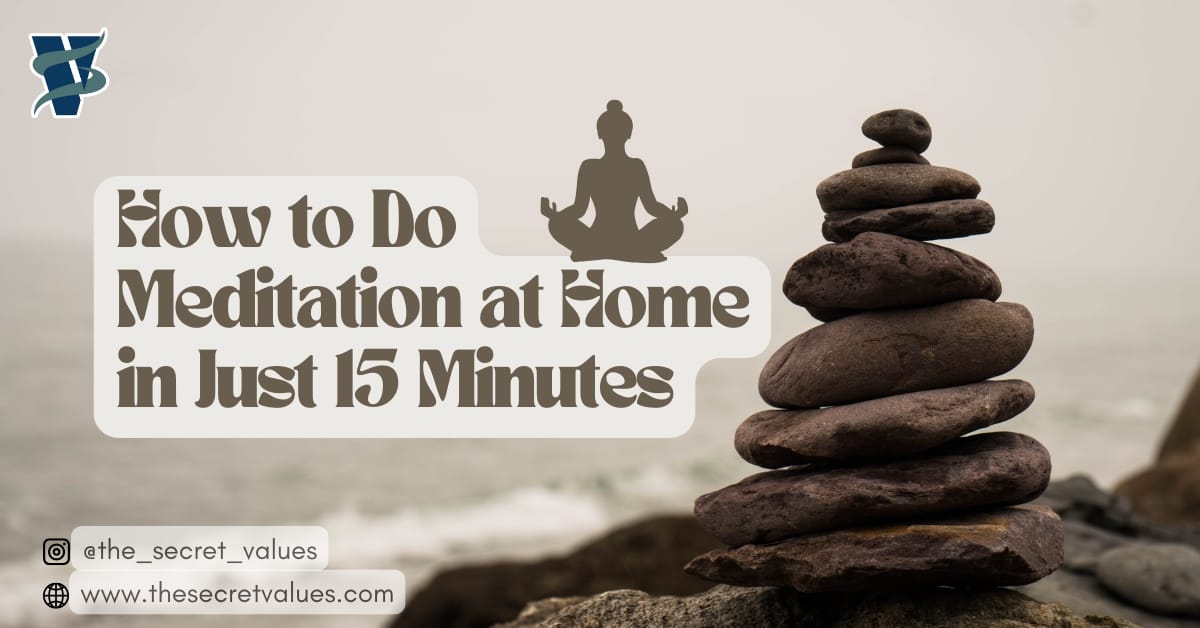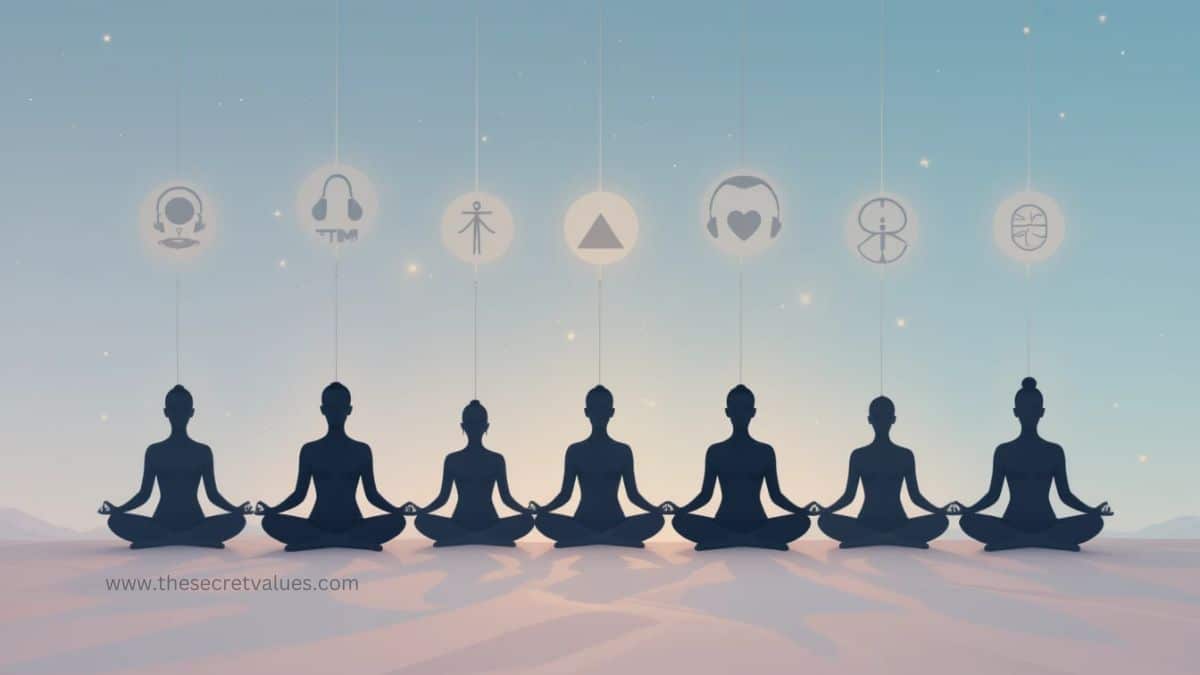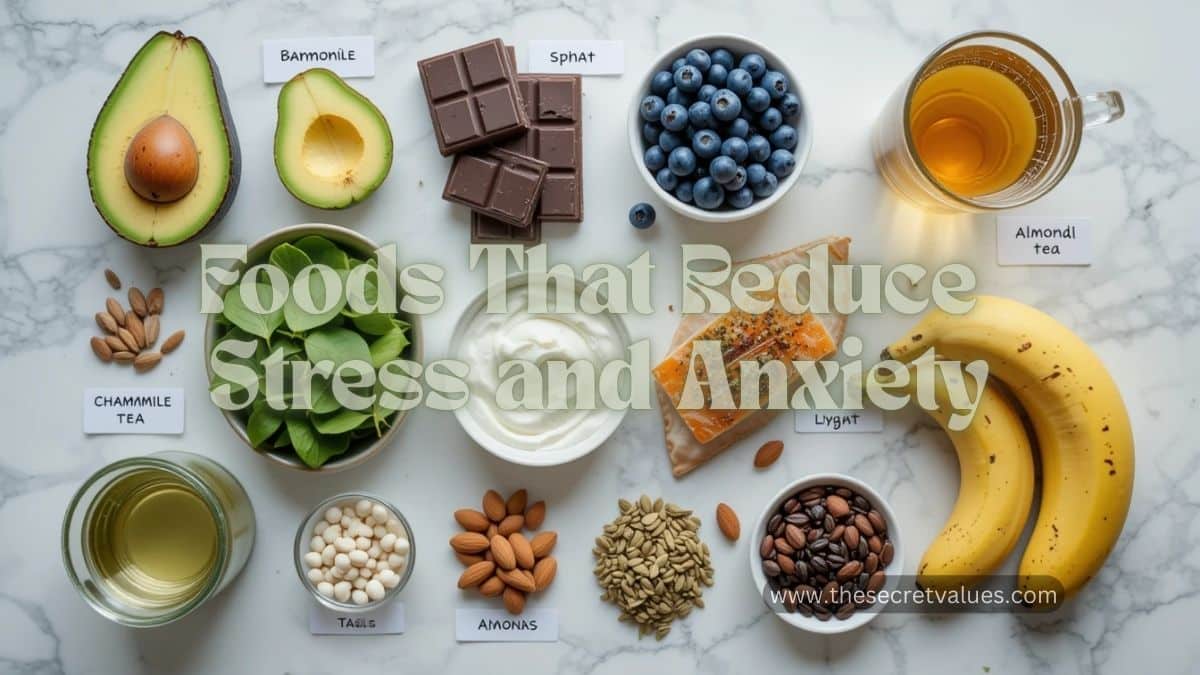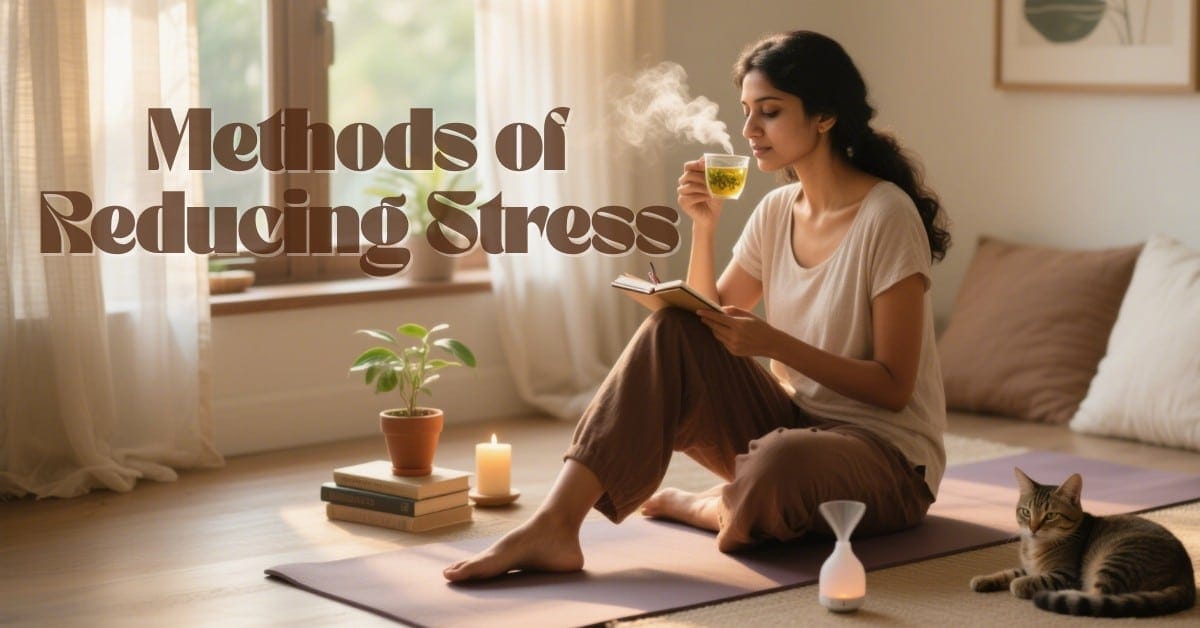Introduction
Life may indeed get somewhat overwhelming. Finding time for oneself amid the never-ending hustle, personal obligations, and job commitments seems impossible. That’s where meditation steps in. Learning how to do meditation at home can be a total game-changer for your mental and physical well-being. And the best part? It only takes fifteen minutes! Let us look at how you might get started with this transforming practice from the comfort of your own home.
What Is Meditation?
Meditation isn’t some mystical or complicated ritual. It’s simply training your mind to focus and redirect your thoughts. Its roots trace back thousands of years to spiritual traditions, but today, it’s embraced by millions worldwide as a practical tool for stress relief and self-awareness.
Think of it as a mental workout – the gym for your mind.
Why Meditate at Home?
Let’s be honest: going to a meditation studio or attending classes sounds excellent, but who has the time (or money)? Here’s why meditating at home is the way to go:
- Convenience: You’re already at home; there’s no need to commute.
- Comfort: Your space, your rules. Pajamas and cozy cushions, anyone?
- Cost-effective: Skip those expensive memberships.
Benefits of Meditation
Meditation is like winning the lottery for your mind, body, and soul. Here are a few bonuses.:
- Mental clarity: Feel less foggy and more focused.
- Stress reduction: Meditation helps reduce cortisol levels, a stress hormone.
- Emotional stability helps you stay calm and collected, even during chaos.
- Physical health: Regular practice can improve sleep, reduce blood pressure, and boost immunity.
How to Do Meditation at Home
Preparation is critical to ensure your meditation session is beneficial:
- Choose a Quiet Space: Find a spot where you won’t be interrupted.
- Declutter the Area: A tidy space equals a tidy mind.
- Set the Mood: Turn down the lights, play, quite music, or light a candle ambiance is imoortant.
Tools and Props to Enhance Your Practice
You don’t need fancy gadgets, but a few tools can elevate your meditation game:
- Cushions and Mats: Comfortable seating is a must.
- Aromatherapy: Scents like lavender or sandalwood can help you relax.
- Timers: Use a timer so you’re not constantly checking the clock.
Steps to how to meditate at home
Ready to get started? Follow these simple steps:
- Sit Comfortably: On a chair, cushion, or mat, find a position that feels good.
- Close Your Eyes: This helps minimize distractions.
- Breathe Deeply: Breathe in via your nose and out through your mouth.
- Focus on Your Breath: Let go of wandering thoughts. It’s normal for your mind to drift; gently bring it back.
- Set a Timer: Begin with 5-10 minutes, gradually increasing.
Guided Meditation vs. Self-Guided Meditation
Should you participate in a guided session or go solo? Here’s the lowdown:
- Guided Meditation: Perfect for beginners. Apps like Headspace and Calm offer excellent resources.
- Self-Guided Meditation: Best for those who’ve mastered the basics and want more flexibility.
Techniques for Beginners
If you’re new to meditation, start with these techniques:
- Mindfulness Meditation: Concentrate on the present moment without making any judgments.
- Focused Attention: Pick an object or sound (like a mantra) and concentrate on it.
Common Mistakes and How to Avoid Them
Here’s what not to do when meditating:
- Setting Unrealistic Goals: Don’t expect instant enlightenment.
- Skipping Sessions: Consistency is key. Even 5 minutes daily helps.
- Judging Yourself: Your mind will wander; it’s normal. Just refocus and continue.
How to Stay Consistent
Consistency can be challenging, but these tips help:
- Set a Routine: Meditate at the same time daily.
- Track Your Progress: Journaling or using apps can keep you motivated.
Advanced Meditation Techniques to Explore
Once you have mastered the fundamentals, attempt these advanced techniques:
- Body Scan Meditation: Concentrate on various regions of your body.
- Loving-Kindness Meditation: Develop compassion for oneself and others.
Incorporating Meditation into Your Daily Routine
Here’s how to make meditation a habit:
- Morning Sessions: Start your day with a calm mind.
- Evening Wind-Down: Relax before bedtime.
- Midday Breaks: Recharge during work hours with quick 5-minute meditations.
Overcoming Challenges in Meditation
Struggling? You’re not alone. Here’s how to push through:
- Dealing with Distractions: Use noise-canceling headphones or white noise.
- Staying Motivated: Remind yourself why you started.
The Science Behind Meditation
Meditation isn’t just hype; it’s backed by science:
- Stress Reduction: Studies show reduced cortisol levels.
- Improved Focus: Enhanced brain connectivity in areas related to attention.
- Better Emotional Regulation: Increased gray matter in the brain’s emotion centers.
Conclusion
Meditation does not need to be complex or time-consuming. With only 15 minutes every day, you can improve your mental, emotional, and physical health. So what are you waiting for? Grab a cushion, find your quiet spot, and start your journey to a more peaceful you.
FAQs
- What’s the best time to meditate? The morning is preferable, but any time you can commit is fantastic.
- Can meditation reduce stress? Absolutely! Regular practice lowers stress hormones like cortisol.
- How long does it take to see results? Some benefits, like reduced stress, can be felt immediately. More profound changes take weeks to months.
- Is it natural to experience restlessness during meditation? Yes, it’s familiar. Just acknowledge the restlessness and gently refocus.
- Can I meditate lying down? Yes, but be careful not to fall asleep unless that’s your goal the best time to meditate!








1 thought on “How to Do Meditation at Home in Just 15 Minutes”